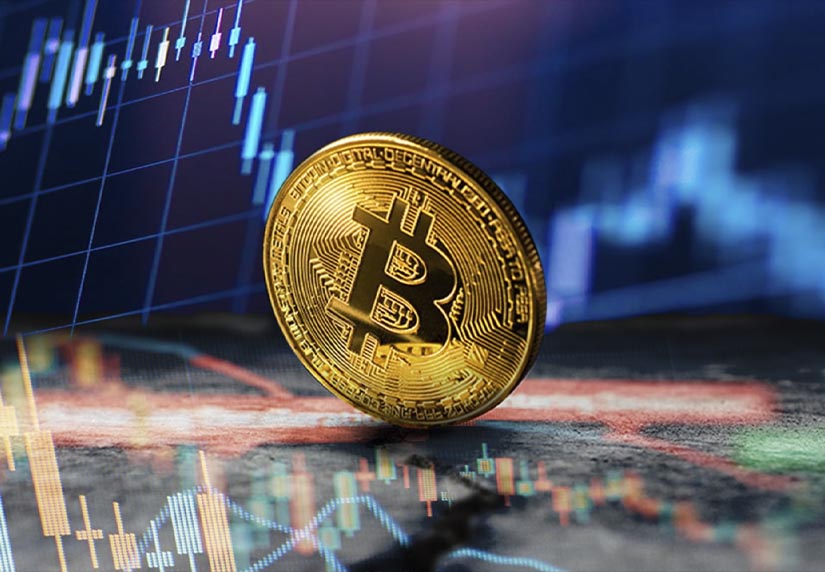On Monday, December 11, 2023, the financial market witnessed a downturn in Bitcoin (BTC) price that significantly impacted cryptocurrency-related stocks.
Bitcoin (BTC) is currently priced at $41,840, showcasing a decrease of 4.7% within the last 24 hours, according CoinMarketCap official data.
Despite this recent downturn, its market capitalization remains formidable at $817.75 billion, solidifying its position as the leading cryptocurrency with a market dominance of 4.8%.
Over a seven-day period, Bitcoin has experienced a minor increase of 1.3%, whereas its monthly growth stands at an impressive 12.7%.
Remarkably, over the past year, Bitcoin has surged by a staggering 143.7%, underlining its substantial long-term growth and its resilience in the digital currency landscape.
This decline led to a slump in the shares of major companies within the crypto ecosystem, such as Coinbase (COIN), Marathon Digital (MARA), MicroStrategy (MSTR), and Riot Blockchain (RIOT) at market open.
The slowdown in Bitcoin’s price was attributed to several factors, including on-chain indicators signaling exhaustion among traders.
With most Bitcoin investments in unrealized gains, investors opted to take profits at current price levels, resulting in downward pressure on the market.
However, while cryptocurrency-related stocks experienced losses, traditional stock markets, such as the Nasdaq-100 and the DJIA, continued their upward trend.
This contrast was evidenced by a low correlation between Bitcoin and the MSCI global stock index, reaching a negative value of -0.23, the lowest since 2020.
This divergence in Bitcoin, suggests a disconnect between the cryptocurrency markets and traditional stock markets
The clear disparity in performance between cryptocurrency markets and traditional stock markets indicates a notable disconnection.
Despite the downturn, the overall sentiment in the cryptocurrency market remains optimistic.
Investors are closely watching for the potential approval of the long-awaited Bitcoin exchange-traded fund (ETF), which could inject fresh momentum into the market.
Additionally, the easing of macroeconomic pressures, such as declining yields and slowing inflation, is increasing investors’ appetite for risk assets.



